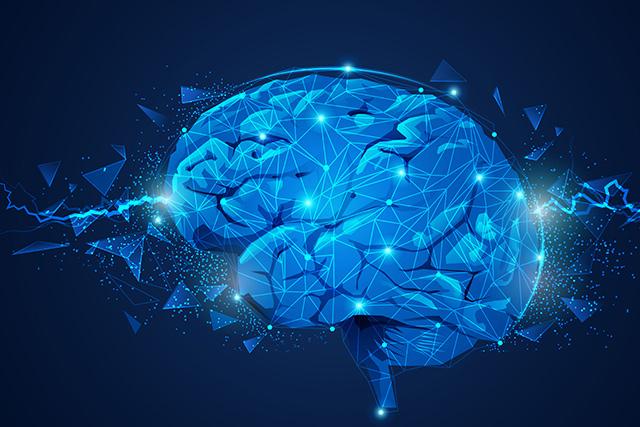
About the Consortium
Representing a diverse collective of research and teaching initiatives across the university.

Representing a diverse collective of research and teaching initiatives across the university.

Focused on the advancement of the ground-breaking technology.

Aim to deepen the scholarship and understanding of brain and cognitive science within the Tufts community and beyond.